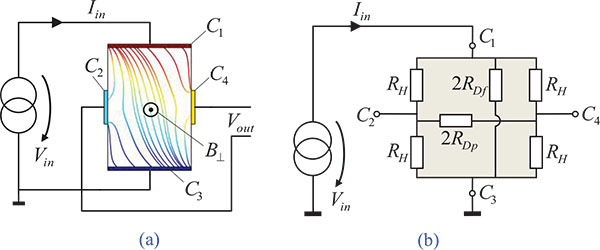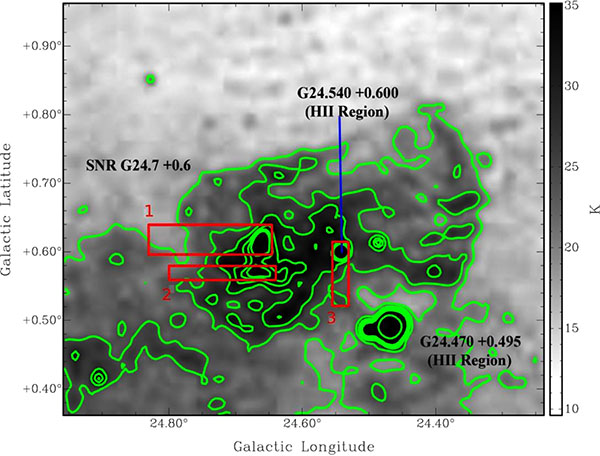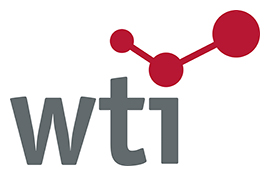RESEARCH ARTICLE
Experimental Simulation of the Behaviour of Diagnostic First Mirrors Fabricated of Different Metals for ITER Conditions
V.S. Voitsenya1, *, A.F. Bardamid2, A.J.H. Donné3, 4, 5
Article Information
Identifiers and Pagination:
Year: 2016Volume: 3
First Page: 23
Last Page: 54
Publisher Id: PHY-3-23
DOI: 10.2174/1874843001603010023
Article History:
Received Date: 4/7/2015Revision Received Date: 5/8/2015
Acceptance Date: 12/9/2015
Electronic publication date: 29/07/2016
Collection year: 2016
open-access license: This is an open access article licensed under the terms of the Creative Commons Attribution-Non-Commercial 4.0 International Public License (CC BY-NC 4.0) (https://creativecommons.org/licenses/by-nc/4.0/legalcode), which permits unrestricted, non-commercial use, distribution and reproduction in any medium, provided the work is properly cited.
Abstract
In the experimental fusion reactor ITER, the plasma-facing component of each optical and/or laser diagnostic needs to be based on reflective optics with at least one mirror (first mirror) facing the thermonuclear plasma. The different kinds of radiation emanating from the burning plasma (neutrons, neutral atoms, electromagnetic radiation) create hostile operating conditions for the first mirrors. Therefore, a special program has been set up under the ITER framework aimed at solving the first mirror problem. This paper will review the main results in this field that have been obtained in the Institute of Plasma Physics, National Science Center “Kharkov Institute of Physics and Technology” (in many cases in cooperation with groups of other countries, as indicated in corresponding parts of the manuscript) during long-term investigations directed to find a solution of this problem, i.e., to find a material and accompanying precautions in order to satisfy the requirements for first mirrors. The main efforts were devoted to finding solutions to overcome the impact of the most severe deteriorating factors resulting in degradation of the optical properties of mirrors: sputtering by charge exchange atoms and deposition of contaminants. The obtained results are focused on: the effects of long term sputtering on mirror specimens fabricated from different metals with different structures (polycrystals, single crystals, metal film on metal substrates, amorphous), the effects of contaminating film and the possible protection to avoid of its appearance, the role of chemical processes for some metal mirrors, and the choice of material of laser mirrors.













